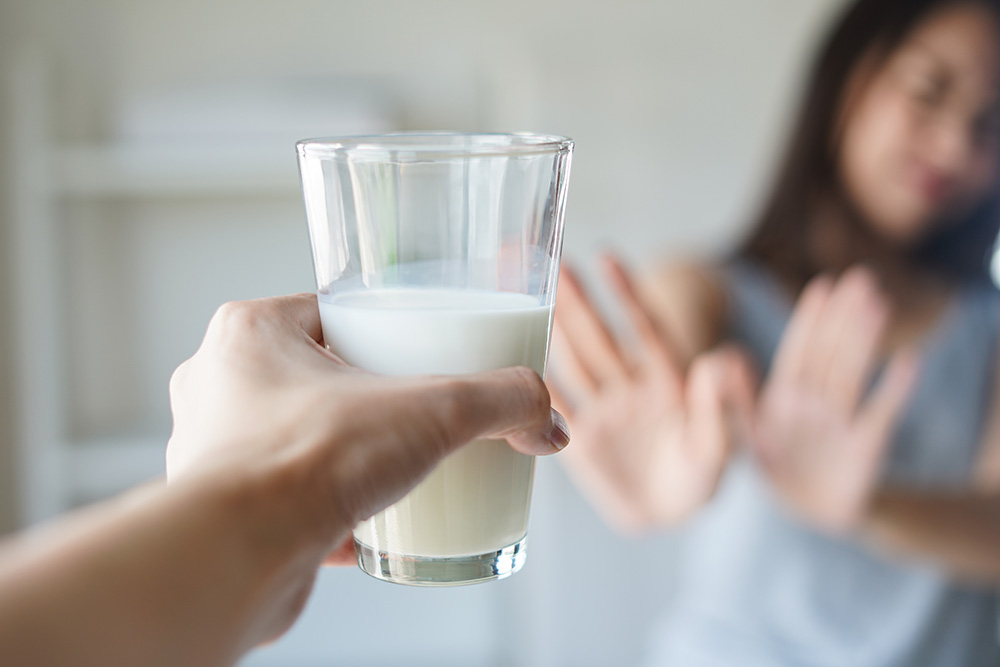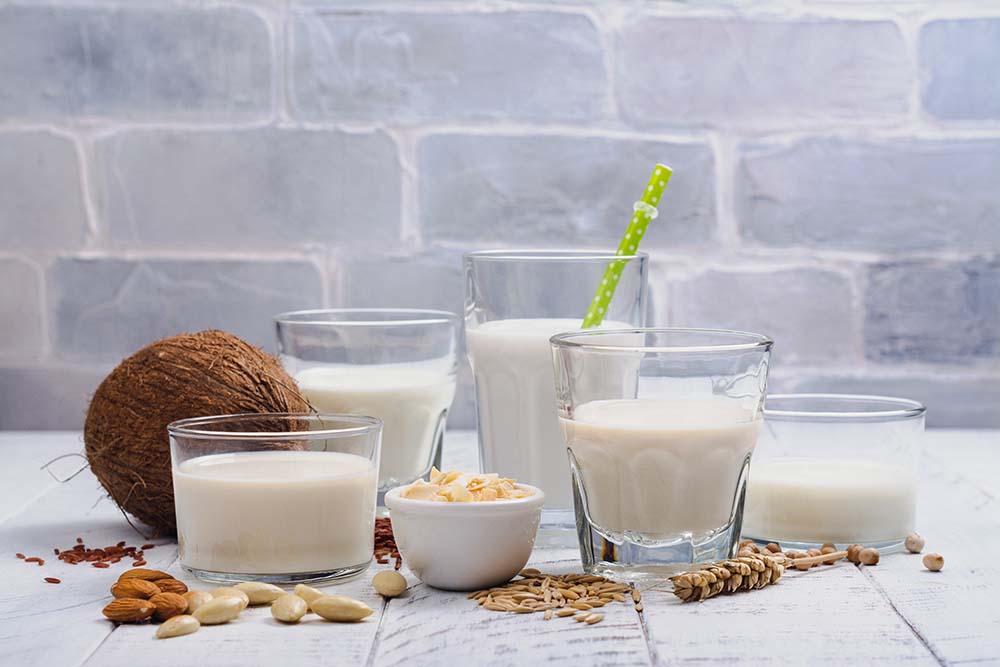For someone who loved her pizzas with extra cheese, it was puzzling when I first began developing an aversion to it a couple of months ago. Every time I had a slice of pizza, I’d get a terrible stomach pain, and feel uneasy and bloated most of the time. A visit to the doctor confirmed that I had developed lactose intolerance, as an after-effect of my PCOD diagnosis.

Like me, there are many who suffer from lactose intolerance. But what is it, you ask? Lactose is a type of natural sugar that is found in dairy products, and lactose intolerance is the body’s inability to break down this sugar. Dr Eileen Canday, head dietician and head of department, nutrition and dietetics, Sir HN Reliance Foundation Hospital, Mumbai explains, “One becomes lactose intolerant when the small intestine stops making enough of the enzyme, lactase, to digest and break down the lactose. When this happens, the undigested lactose moves into the large intestine, causing indigestion, bloating, and uneasiness.”
It is often assumed that when you adopt a lactose intolerance diet, you are required to cease consumption of all milk and dairy products. However, this doesn’t always have to be the case. Dr Archana Batra, nutritionist, physiotherapist, and a certified diabetes educator, in Gurgaon, adds, “If drinking milk makes you feel bloated or results in indigestion, it’s best to avoid it. But many people who have lactose intolerance can digest yoghurt and other dairy products like paneer, and cheese. well. The point being, the body’s inability to digest one dairy product does not mean it will reject all of them. The best option is to try an elimination diet, where you slowly cut out these products, and see what does or does not suit you.”

Benefits
Some benefits in trying the lactose intolerance diet, as shared by Dr Batra are:
- Cutting dairy can help in weight loss for some people. The unsweetened dairy products contain lactase, while other dairy products contain added sugar. When the focus is on losing weight, cutting out any form of sugar is beneficial.
- A dairy-free diet is also helpful for your skin. Consumption of dairy may cause acne, especially in teens. Dairy traps the oils in your pores causing bacteria to grow in the follicles, which further cause inflammation that then turn into acne.
- Doctors suggest cutting out dairy from your diet, especially if you’re suffering from hormonal disorders like PCOD, as ingesting dairy can increase levels of insulin in the body. Those with PCOD develop insulin resistance, which can hamper their recovery.
Drawbacks
- The most prominent drawback is the fact that dairy contains nutrients like protein, vitamin D, calcium, and vitamin B12, and if you opt for a lactose intolerance diet, you are most likely to miss out on these. Therefore, you have to add substitutes in the forms of lentils, grains, fruits and vegetables.
- Dairy and dairy products are found in most of the food items available to us. Therefore, finding alternatives can be difficult. Always read the labels before purchasing any food item.

What To Eat
If you are going for lactose intolerance diet, Dr Batra advises that you eat foods rich in protein, calcium, vitamin D, and vitamin B12 to maintain these nutrients in your body. Foods like lactose-free yoghurts, fortified nut milks, soyabean and soy milk, almonds, oats, eggs, poultry, sea foods, broccoli, green leafy vegetables like kale and spinach should be consumed.
She also points out that while it is safe to eat foods that contain lactate, lactic acid, and lactalbumin, it may not be suitable for all. Some people who are lactose intolerant can digest whey protein (lactalbumin) well while others may not. In such cases, it is best to approach a health expert and see what works best for you.
What To Avoid
Needless to say, any and every food that contains lactose should be avoided. This generally includes dairy products like milk, cheese, milk-based yoghurt, cream, ice-creams etc. Dr Batra suggests that since lactose is found in so many food items, it is better to choose breads, baked goods, sauces, cheese, and snacks carefully by checking the food label for milk or similar ingredients.